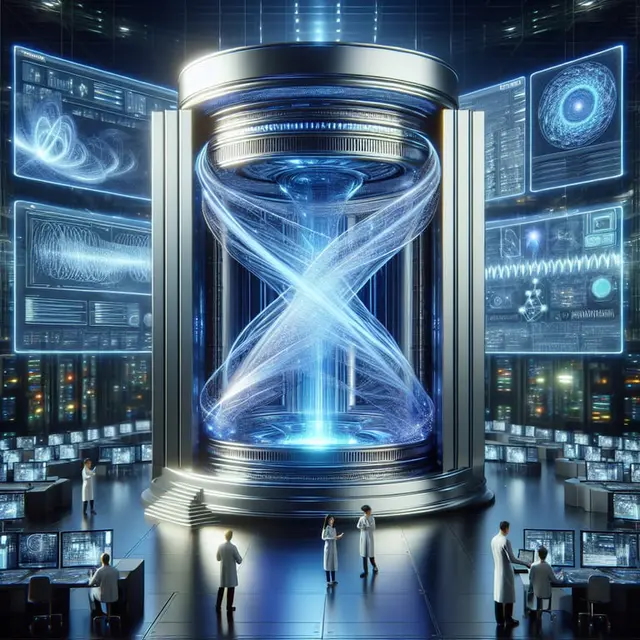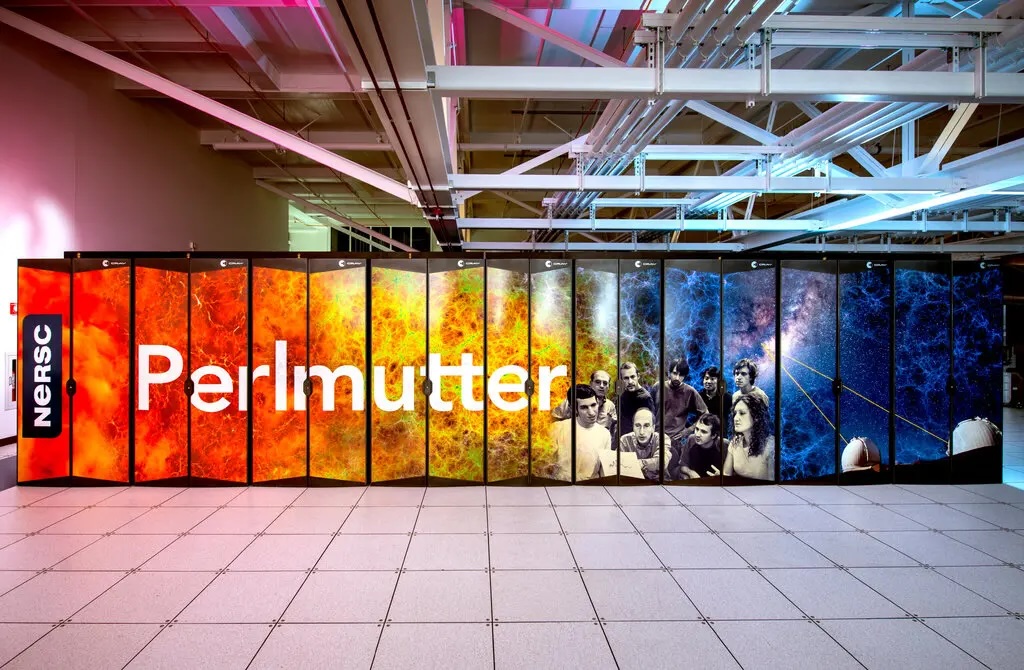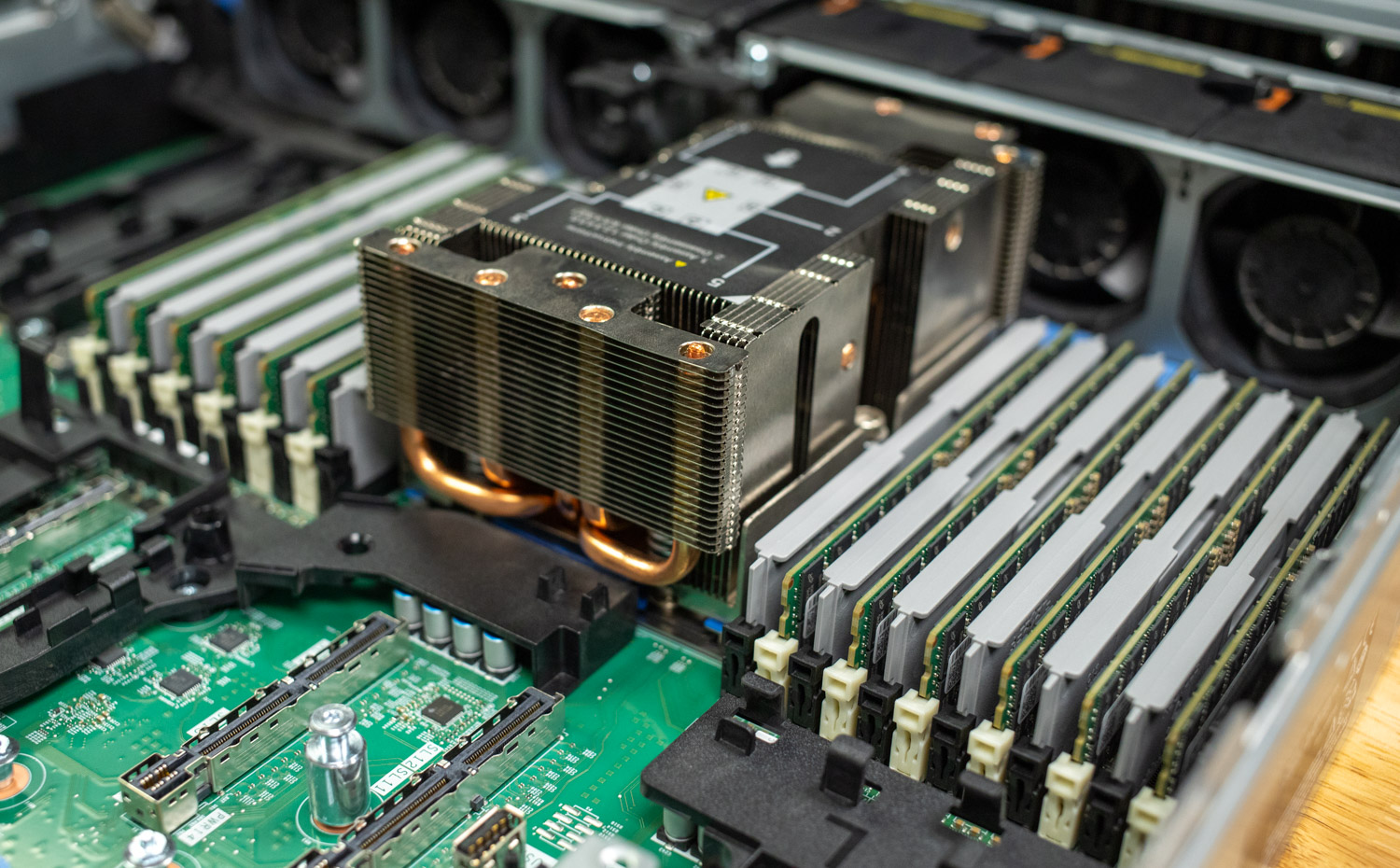Dell and NVIDIA unveil the Doudna supercomputer at NERSC, merging HPC, AI, and quantum to drive scientific discovery in 2026.
Dell Technologies and NVIDIA announced the next supercomputer, the Doudna system, also referred to as NERSC-10. The Secretary of Energy, Chris Wright, announced during a visit to the Lawrence Berkeley National Laboratory (Berkeley Lab). He referenced a new contract to develop the next-generation supercomputer at the National Energy Research Scientific Computing Center (NERSC), a U.S. Department of Energy (DOE) user facility at the Lawrence Berkeley National Laboratory. The system, named for Biochemist and Nobel Laureate Jennifer Doudna, is expected to be available in 2026. The name was given in recognition of her work in the field of gene-editing technology, specifically CRISPR.

Image courtesy of NVIDIA
The new supercomputer, a Dell system powered by NVIDIA’s next-generation Vera Rubin platform, will support large-scale, high-performance computing (HPC) workloads in areas such as molecular dynamics, high-energy physics, and AI training and inference. It will provide an environment for developing cutting-edge scientific research workflows.

According to Secretary Wright, the Doudna system is a significant investment in science and AI, describing it as a critical asset for fostering innovation in energy and quantum computing. He likened the importance of AI to that of the Manhattan Project, asserting that Doudna will equip American scientists to lead in the global AI competition.

The Doudna supercomputer will deliver over ten times the performance of Perlmutter, NERSC’s current flagship supercomputer. Doudna will be built using state-of-the-art technology, including Dell’s most advanced ORv3 direct liquid-cooled server technology and the NVIDIA Vera-Rubin CPU-GPU platform.
Michael Dell, Chairman and CEO of Dell Technologies, emphasized the company’s commitment to supporting researchers globally by integrating simulation, data, and AI to tackle complex global issues. He highlighted the collaboration with the Department of Energy on a project named Doudna, which aims to push the boundaries of high-performance computing and foster innovation that propels human advancement.
NVIDIA’s CEO, Jensen Huang, said that Doudna accelerates scientific discovery, enabling researchers to explore fundamental truths quickly.
Sudip Dosanjh, NERSC Director, explained that the Doudna supercomputer will accelerate scientific workflows. He stated that the partnership with NVIDIA and Dell will enable 11,000 users to utilize the supercomputer’s innovative workflow features efficiently. Additionally, Doudna will integrate with DOE experimental and observational facilities via the Energy Sciences Network (ESnet), enabling scientists from across the nation to stream data into the system and analyze it in near real-time.
Advancing Scientific Breakthroughs
Doudna is expected to play a crucial role in advancing high-priority breakthroughs across various fields of science and technology. For instance, NERSC was established to support fusion research, and Doudna is set to drive the next wave of fusion innovators by providing computational power that transforms decades of promise into practical, abundant energy supplies.
DOE-funded researchers will benefit from the GPUs as they seamlessly integrate large-scale AI into simulation and data analysis workflows. The new supercomputer will accelerate the design of advanced materials, biomolecular modeling, and fundamental physics.
Quantum simulation tools, including NVIDIA’s CUDA-Q platform, will enable the development, modeling, and verification of quantum algorithms on quantum computers at scale.

Powering the Doudna supercomputer are Dell’s Integrated Rack Scalable Systems and PowerEdge Servers. The Dell PowerEdge Servers include NVIDIA accelerators for AI-optimized and compute-optimized workloads, a high-speed NVIDIA Quantum-X800 InfiniBand networking platform, and a heterogeneous workflow environment that can be reconfigured to support complex workflows. Data management and storage solutions will provide a high-performance parallel file system and a quality-of-service storage system, offering a reliable and resilient platform that supports integrated science across multiple facilities, automated AI-driven workflows, and real-time interactive computing.
Here are the specifics on the new platform.
Compute Platform:
- NVIDIA Vera Rubin Platform: Doudna will be powered by NVIDIA’s next-generation Vera Rubin architecture, which integrates high-performance CPUs and GPUs in a coherent, unified memory space. This platform is designed for both traditional HPC and AI workloads, enabling all processors to access and share data directly for demanding scientific applications.
- Dell PowerEdge Servers: The system will use Dell’s most advanced ORv3 direct liquid-cooled server technology, supporting high-density, energy-efficient compute nodes.
Networking:
- NVIDIA Quantum-X800 InfiniBand: Doudna will feature high-speed, low-latency InfiniBand networking, supporting real-time data streaming from DOE experimental and observational facilities nationwide. Intelligent QoS mechanisms will prioritize critical data flows for scientific workflows, ensuring optimal performance.
Performance:
- User Base: The system is designed to support over 11,000 researchers and 800 projects annually.
Storage and Data Management:
- High-Performance Parallel File System: Doudna will offer a robust, high-performance parallel file system and a quality-of-service storage system, supporting multi-facility integrated science, automated AI-driven workflows, and real-time interactive computing.
AI and Quantum Integration:
- AI-Optimized Workflows: The system is engineered to seamlessly integrate simulation, data, and AI, supporting large-scale training, inference, and data analysis of AI models.
- Quantum Simulation: Doudna will support the development of scalable quantum algorithms and the co-design of future integrated quantum-HPC systems, leveraging NVIDIA’s CUDA-Q platform.
Cooling:
- Direct Liquid Cooling: Dell’s ORv3 direct liquid-cooled racks will ensure efficient thermal management for the dense, high-power compute nodes.
Doudna represents a significant advancement in U.S. scientific computing, merging Dell’s advanced server technology with NVIDIA’s Vera Rubin platform and Quantum-X800 networking. It is designed to converge HPC, AI, and quantum workflows and is anticipated to establish new benchmarks for performance, efficiency, and scientific impact.
Engage with StorageReview
Newsletter | YouTube | Podcast iTunes/Spotify | Instagram | Twitter | TikTok | RSS Feed
